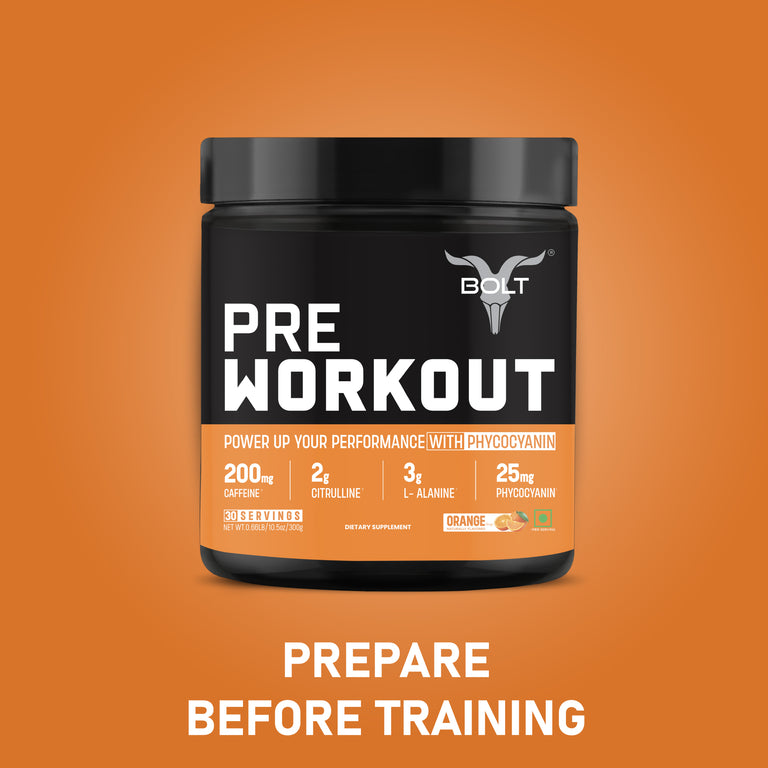
Hybrid Training: The Future of Strength & Cardio Workouts?
byThe fitness industry is constantly evolving, and one of the latest trends gaining traction is hybrid training. This approach combines strength training with cardiovascular exercise to optimize both muscle growth and endurance. Whether you’re an athlete, a fitness enthusiast, or someone looking for a time-efficient workout, hybrid training offers the best of both worlds. But is it truly the future of fitness? Let’s dive in.
What is Hybrid Training?
Hybrid training is a workout strategy that integrates resistance training with cardio-based exercises in a structured program. The goal is to enhance both muscular strength and cardiovascular endurance simultaneously, rather than focusing on one aspect at a time.
Popular examples include:
- CrossFit: A mix of Olympic lifting, bodyweight exercises, and high-intensity interval training (HIIT).
- Hybrid Athlete Training: Strength workouts combined with endurance sports like running or cycling.
- Functional Fitness: Workouts designed to improve real-life movements, blending weights with cardio drills.
Benefits of Hybrid Training
1. Maximizes Efficiency
Hybrid training allows you to work on strength and endurance in the same session, making it ideal for those with limited workout time.
2. Enhances Athletic Performance
- Strength training builds muscle power and prevents injury.
- Cardiovascular exercise boosts stamina and heart health.
3. Burns More Calories
A combination of lifting weights and performing high-intensity cardio results in an elevated calorie burn, supporting fat loss while maintaining lean muscle.
4. Prevents Workout Plateaus
Alternating between resistance and cardio exercises challenges the body in new ways, reducing adaptation and keeping workouts fresh.
5. Improves Recovery and Longevity
Since hybrid training encourages diverse movement patterns, it helps prevent overuse injuries associated with single-focus training.
How to Structure a Hybrid Workout Plan
1. Strength + Cardio Split
A common hybrid training approach is splitting workouts into strength and cardio segments.
- Example: 30 minutes of weightlifting followed by 20 minutes of HIIT or steady-state cardio.
2. Circuit Training
Alternating between strength and cardio exercises with minimal rest.
- Example:
- Squats – 12 reps
- Jump Rope – 45 seconds
- Push-ups – 15 reps
- Rowing Machine – 1 minute
- Repeat for 4 rounds
3. Alternate Training Days
If you prefer separate sessions, dedicate different days to strength and endurance.
- Example:
- Monday: Heavy lifting (Strength)
- Tuesday: Long-distance running (Cardio)
- Wednesday: Full-body hybrid workout
- Thursday: HIIT & sprint intervals
- Friday: Strength training
Who Should Try Hybrid Training?
Hybrid training is perfect for:
✅ Athletes looking to enhance overall performance.
✅ Busy individuals who want an all-in-one workout.
✅ Weightlifters who need more endurance.
✅ Runners and cyclists wanting to build strength.
✅ Anyone seeking a balanced and dynamic fitness routine.
Potential Challenges & How to Overcome Them
1. Risk of Overtraining
Solution: Plan rest days and recovery sessions to prevent burnout.
2. Muscle Fatigue
Solution: Avoid doing heavy strength and intense cardio on the same day. Space them out strategically.
3. Finding the Right Balance
Solution: Tailor your routine based on your primary goal—whether it’s building muscle, increasing endurance, or both.
Conclusion:
Hybrid training is more than just a trend—it’s a sustainable, effective, and time-efficient approach to fitness that offers a balance of strength and endurance. As more people seek versatile and functional workout plans, hybrid training is poised to become the future of fitness.









